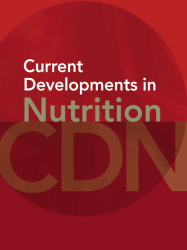Wirth JP, Rajabov T, Petry N, Woodruff BA, Shafique NB, Mustafa R, Tyler VQ, Rohner F
October 2018 – Nutrients
A nationally representative cross-sectional survey was conducted to assess the prevalence of micronutrient deficiencies, over- and undernutrition, and to disentangle determinants of anemia in children and women in Azerbaijan. The survey generated estimates of micronutrient deficiency and growth indicators for children aged 0–59 months of age (6–59 months for blood biomarkers) and non-pregnant women 15–49 years of age. In total, 3926 household interviews were successfully completed with a response rate of 80.6%. In the 1455 children, the prevalence of wasting and stunting were 3.1% and 18.0%, respectively; and 14.1% of children were overweight or obese. In children, the prevalence of anemia, iron deficiency, and iron deficiency anemia was 24.2%, 15.0%, and 6.5%, respectively. Vitamin A and zinc deficiencies were found in 8.0% and 10.7% of children. Data from 3089 non-pregnant women showed that while undernutrition was scarce, 53% were overweight or obese, with increasing prevalence with increasing age. Anemia affected 38.2% of the women, iron deficiency 34.1% and iron deficiency anemia 23.8%. Vitamin A insufficiency was found in 10.5% of women. Folate and vitamin B12 deficiency were somewhat more common, with prevalence rates of 35.0% and 19.7%, respectively. The main risk factors for anemia in children were recent lower respiratory infection, inflammation and iron deficiency. In women, the main risk factors for anemia were iron deficiency and vitamin A insufficiency. Anemia is a public health problem in Azerbaijani children and women, and additional efforts are needed to reduce anemia in both groups.


No comment yet, add your voice below!